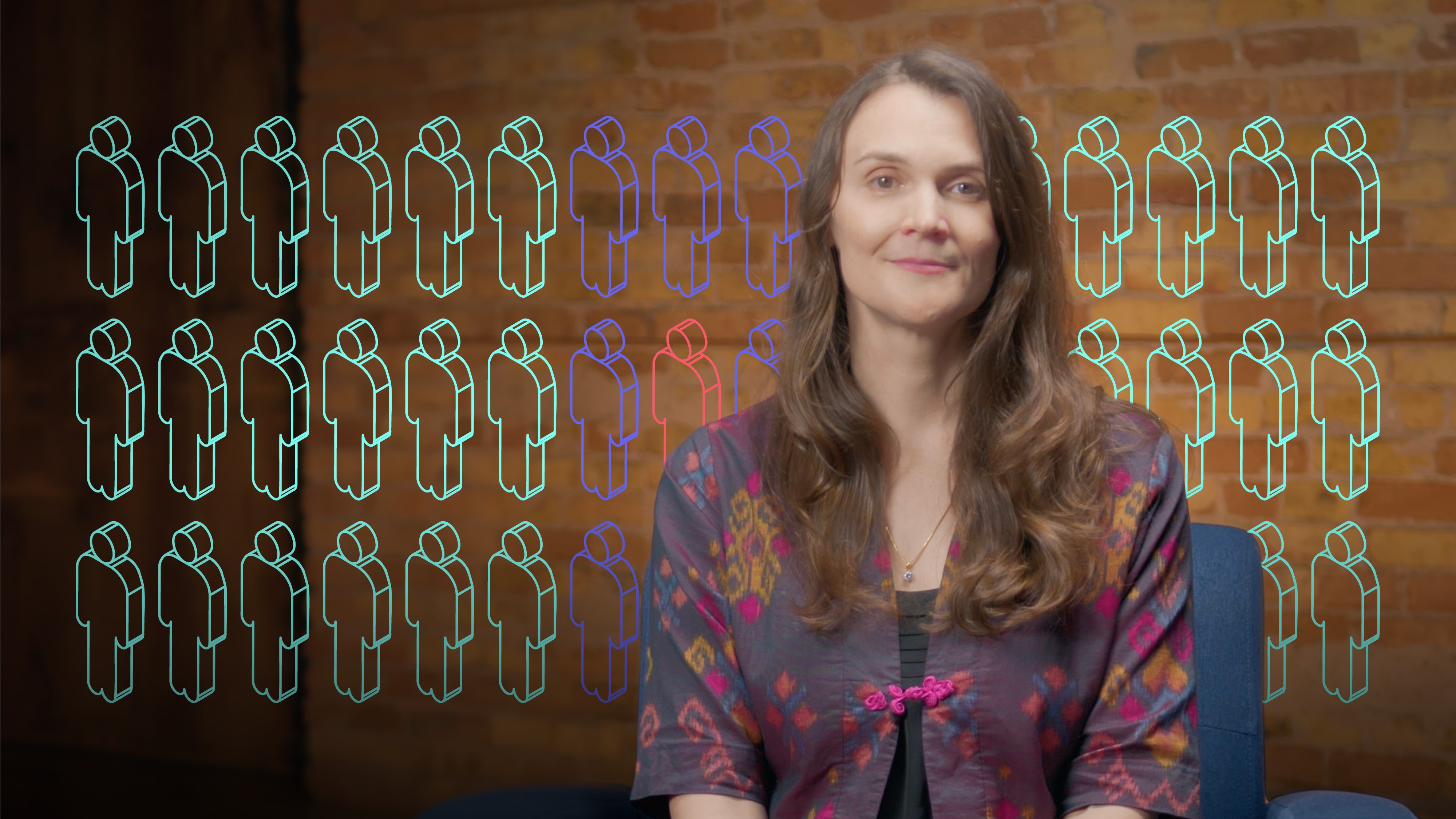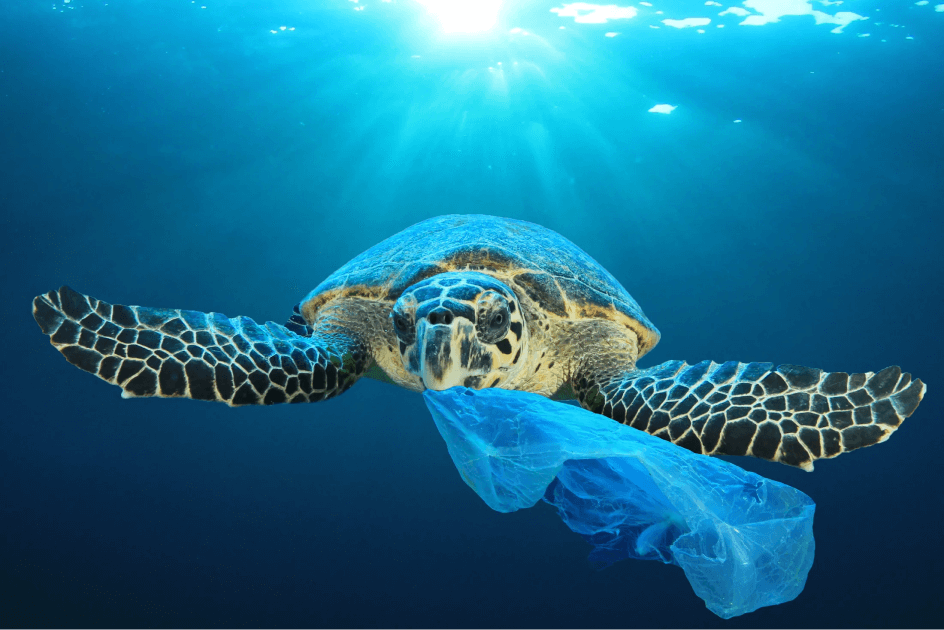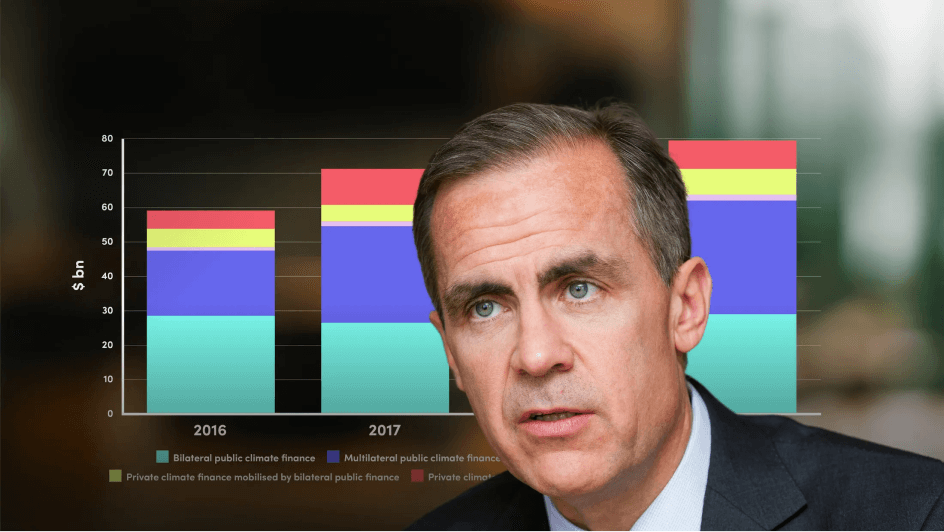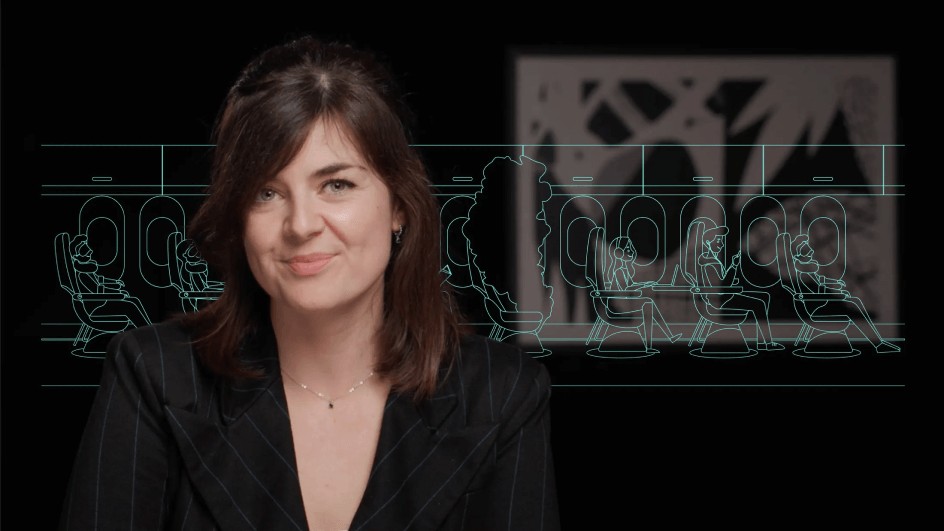
What Is System Change?

Joi Danielson
System Change and Transformation Specialist
What are we referring to when we say ‘the system’? Watch Joi Danielson as she outlines the challenges and patterns of system change.
What are we referring to when we say ‘the system’? Watch Joi Danielson as she outlines the challenges and patterns of system change.
Subscribe to watch
Access this and all of the content on our platform by signing up for a 7-day free trial.

What Is System Change?
11 mins
Key learning objectives:
Define system change
Outline 3 requirements of system change
Identify the 6 spirals of change
Overview:
Subscribe to watch
Access this and all of the content on our platform by signing up for a 7-day free trial.
- Coordination across actors: Aligning those who create the vision for change with those who can fund, orchestrate, and implement it on the ground.
- Addressing all parts of the system: System change requires redesigning incentives and building investable models that restore, rather than deplete, natural systems.
- Scaling beyond pilots: True transformation happens when effective solutions grow beyond the pilot stage to operate at national or global scale.
- Storytelling and narrative: Shaping public understanding and will
- Data and hypotheses: Making problems and solutions visible
- International agreements: Setting shared goals and accountability
- Policy and regulation: Turning intent into enforceable action
- Frontline pilots: Testing and proving what works in practice
- Finance and investment: Funding mature solutions and rethinking what’s not yet ready
Subscribe to watch
Access this and all of the content on our platform by signing up for a 7-day free trial.

Joi Danielson
There are no available Videos from "Joi Danielson"





























